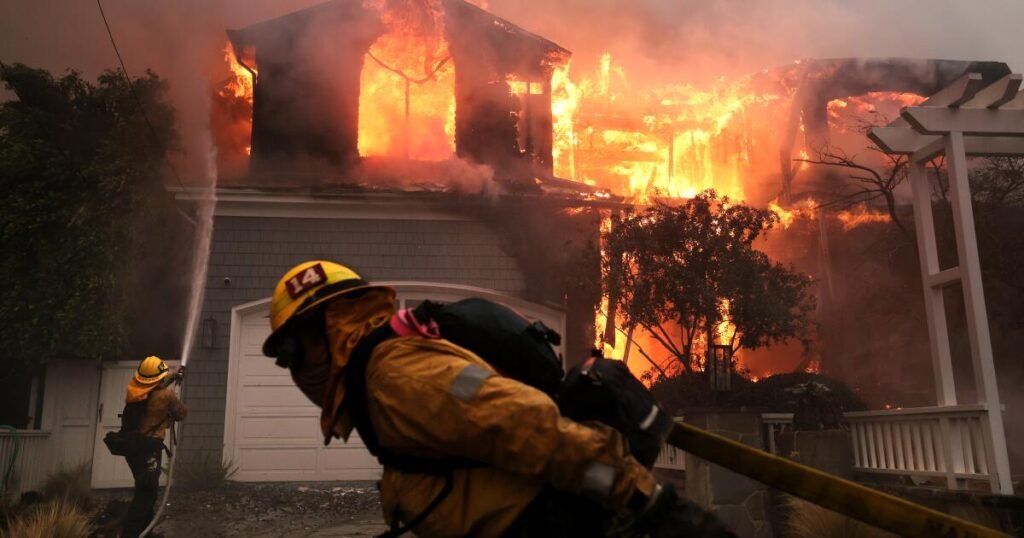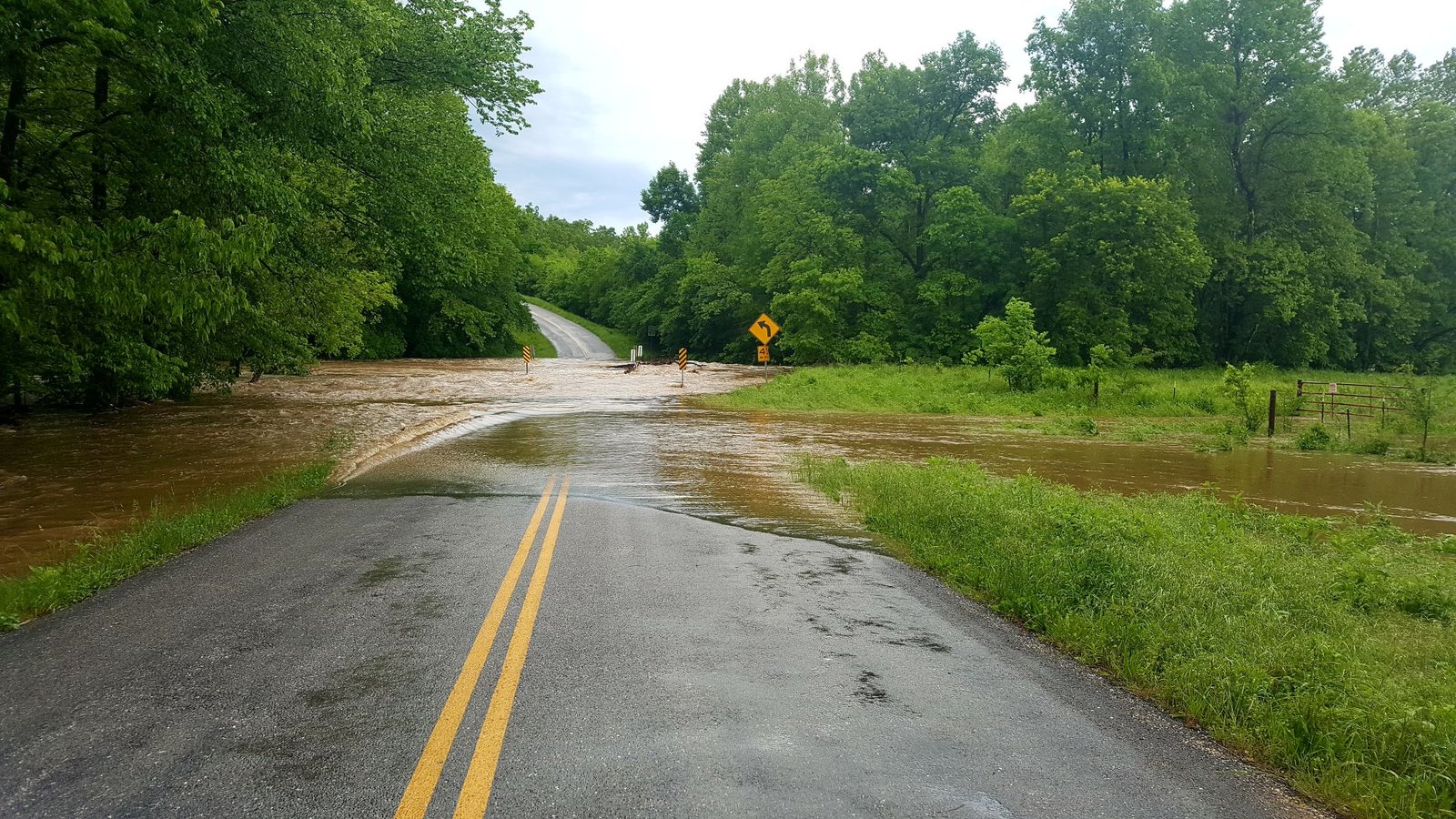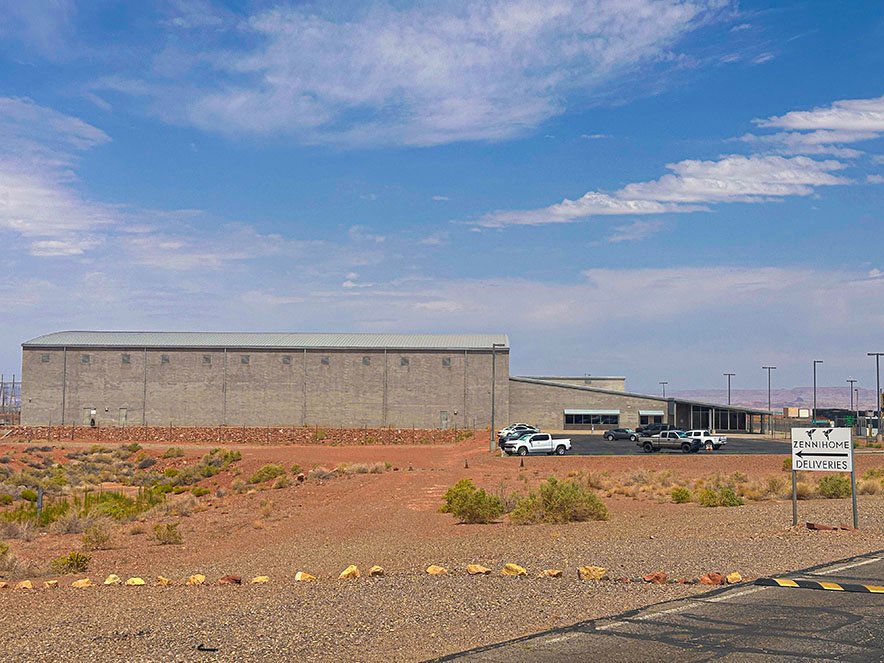Investigators Link Pacific Palisades Wildfire to Earlier Arson
Federal investigators have concluded that the wildfire that ravaged much of the Pacific Palisades on January 7 was a “remnant” of a smaller fire that was intentionally set about a week prior, on New Year’s Day.
Los Angeles firefighters managed to contain the initial blaze, known as the Luckman Fire. However, federal officials stated that it continued to smolder underground “unnoticed.” Six days later, strong winds stirred the underground fire, allowing it to rise and spread above ground, resulting in one of the most destructive and costly events in the city’s history.
These details emerged Wednesday from a criminal complaint and affidavit naming Jonathan Rinderknecht as the alleged arsonist. They raise important questions about what the Los Angeles Fire Department could have done differently to prevent such a large-scale fire, especially given the unusual fire conditions leading up to the anticipated storm on January 7.
Ed Nordskog, a former chief of the Los Angeles County Sheriff’s Department arson squad, stated, “This affidavit holds the fire department accountable. We need a commission to investigate why this flare-up was allowed to happen again.” He emphasized that while the arsonist was responsible for starting the initial fire, the fire department had a duty to take preventive measures.
A recent investigation by the Times revealed that, despite severe weather warnings, officials from the Los Angeles Fire Department did not position fire engines in the Palisades area ahead of the January 7 fire. Instead, they only deployed five out of more than 40 available engines to bolster their firefighting efforts.
Prepositioning engines in areas like the Palisades had been standard practice during similar weather conditions in the past.
Kenny Cooper, a special agent with the Bureau of Alcohol, Tobacco, Firearms and Explosives who looked into the cause of the Palisades fire, mentioned that the individual who ignited the fire was solely to blame. He noted, “That fire burned deep in the ground, in the roots and in the structure, and continued to burn for several days. No matter how talented you are, you can’t see it, right?”
However, Cooper pointed out that wildland firefighters often monitor areas for weeks to keep flare-ups at bay. He reminisced about his experience with the state Forest Service, where they would watch for signs of fire following lightning strikes and put in considerable effort to prevent fresh outbreaks.
The affidavit also outlines the timeline of events following the Luckman Fire, which erupted just after midnight on January 1 near the Temescal Ridge Trail.
12:13 AM: A camera from UCSD captured a bright spot indicating the Luckman Fire.
12:20 AM: Rinderknecht was observed driving down Palisades Drive as firefighters headed toward the blaze.
That night, firefighters from both the Los Angeles Fire Department and the Los Angeles County Fire Department worked diligently to extinguish the flames using aircraft to drop water, hoses, and manual lines set by county crews. Suppression efforts continued throughout January 1, with firefighters dampening spots within the fire’s perimeter. They left hoses on-site for potential redeployment.
January 2: LAFD teams returned to collect the hoses and believed the fire was completely extinguished at that point.
Yet, investigations revealed that while the Luckman Fire was being managed, the arsonist had set roots deep in the dense vegetation, causing the fire to smolder underground. Strong winds later lifted embers to the surface, igniting a catastrophic wildfire.







